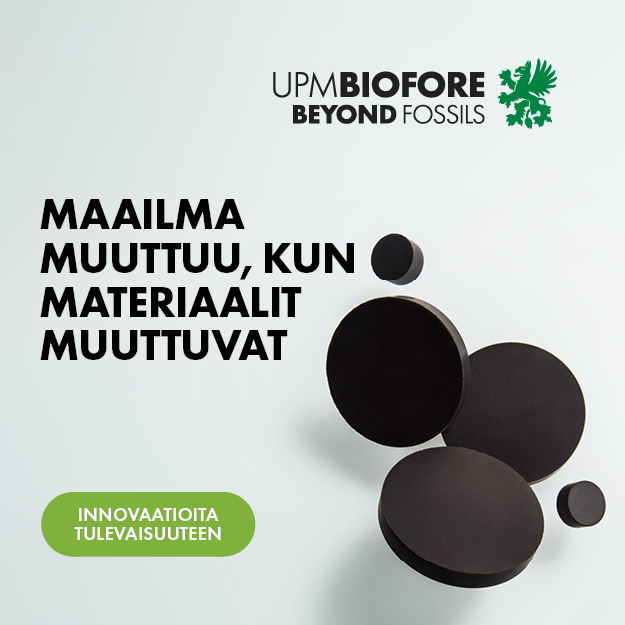As the parliamentary elections draw nearer, many voices are calling for a reduction in the use of Finnish timber. Some have suggested setting strict sink targets for individual years as well as limiting felling, or charging a fee for the use of timber, depending on the carbon storage of the end product. None of the people proposing restrictions have mentioned the impact of these actions on the global climate, forest industry production, regional economy, employment or export revenues. Anyone speaking up about these viewpoints is often branded a money-hungry hater of nature.
It is clear that we must examine the changes in the sinks more carefully. The reduction of the sinks in 2021 was primarily caused by three factors: weakened growth of the forests, a higher amount of felling compared to 2020 and changes in the calculation method in drained peatlands.
According to the most recent national forest inventory, the growth of the forests amounted to 103.5 M m3, which is 4.5 M m3 lower than in the previous inventory. In Northern Finland, ageing pine forests have shifted to a phase of slower growth. With this age structure, the growth of forests may unfortunately continue declining in the near future. Mother Nature also had a hand in the problem as the years 2018–2020 saw three weak seasons of growth. The south was plagued by drought, whereas in the north, pine trees used up their resources to produce cones. In Sweden and Norway, the level of growth dropped at the same time. Drought during the growing season played a significant role in the neighbouring countries as well.
The third decisive factor was the change in the calculation method, resulting in an increase of nearly 5 M t CO2 in the emissions of drained peatlands in forested areas. We must prepare for such changes in calculations in the future as the measuring techniques develop and we gain more precise information on factors such as soil emissions. Of course, any changes in calculation methods will not affect what goes on in nature, but they may have considerable impact on sink figures.
When the economy started to recover after the pandemic, felling increased by 11% in 2021 to 76 M m3. No one can predict the felling volumes for the coming years. The needs of wood processing depend on the global markets. The need for fuelwood, in turn, depends on winter temperatures and the speed of the progress in adopting alternative heating options, such as geothermal heat, air source heat pumps and waste heat.
Nevertheless, I dare say that, right now, we should invest in the long-term vitality and growth of forests instead of limiting the use of timber. With great forest management, we have doubled the growth of our forests from their weak status in the 1950s. Increasing the growth from the current level of 103.5 Mm3 will not be easy, but it deserves our best effort nonetheless. According to estimates, we have a backlog of more than 800,000 hectares of stands waiting for first thinning, 600,000 hectares of seedling stands requiring tending and thousands of hectares of peatland forests sorely in need of ash fertilisation.
Forest management measures will not offer any quick solutions to growth and sinks but will secure them in the long term. At the same time, forests must be quickly restored after final felling by using improved seed and planting material. High-quality reproductive material enables better growth of forests and improved adaptation to the climate of the future. Here’s to active and timely forest management!
Karoliina Niemi
Forest Director
Finnish Forest Industries Federation




